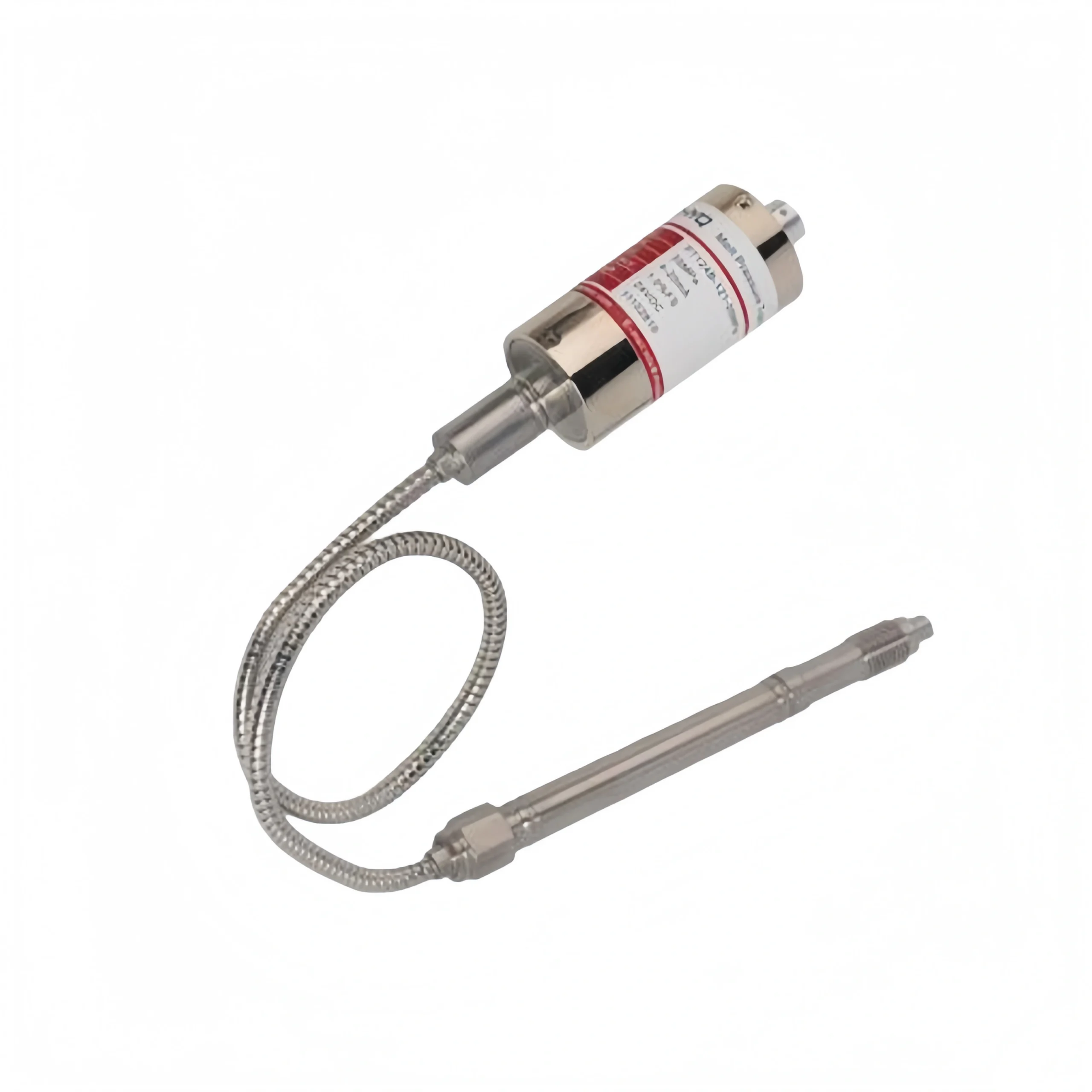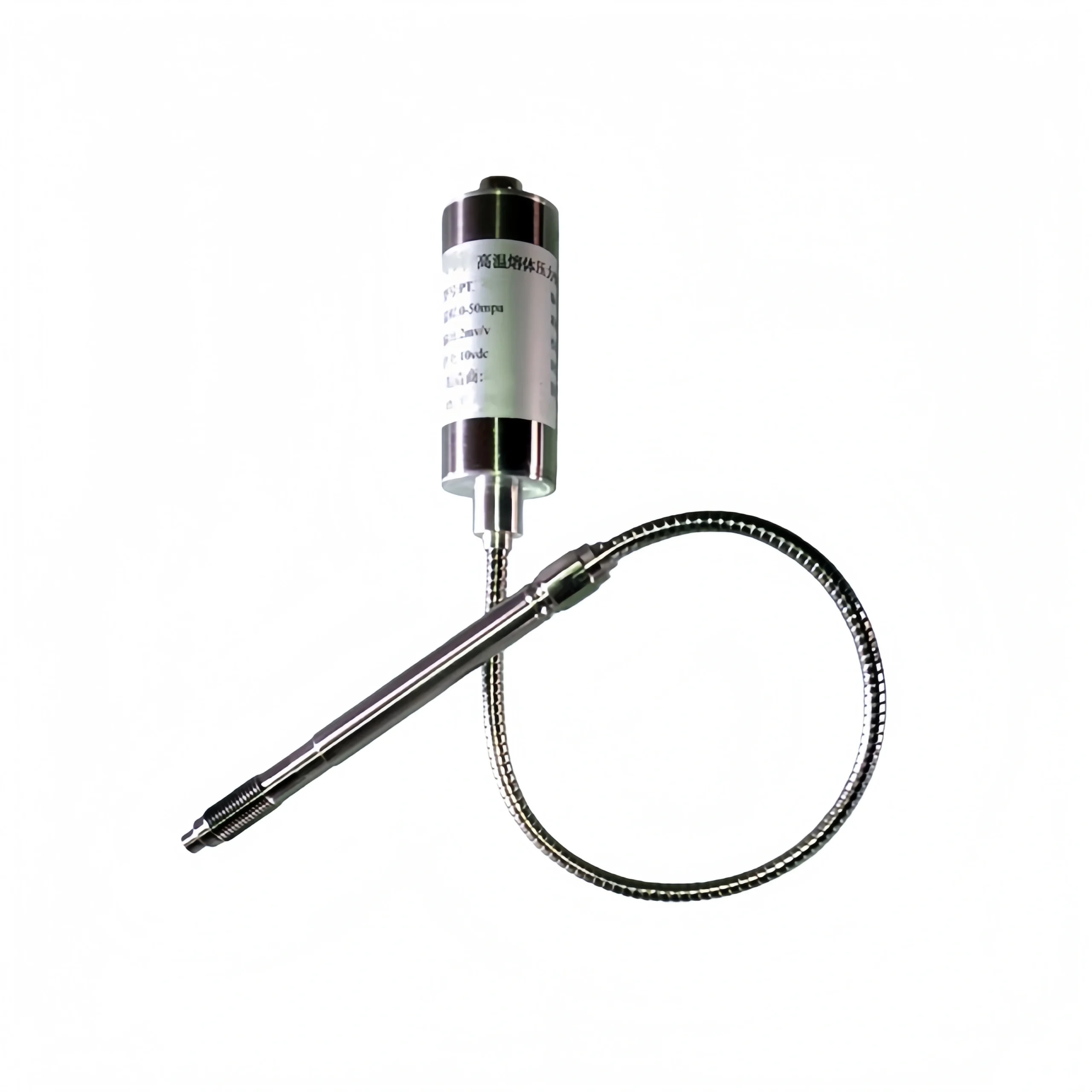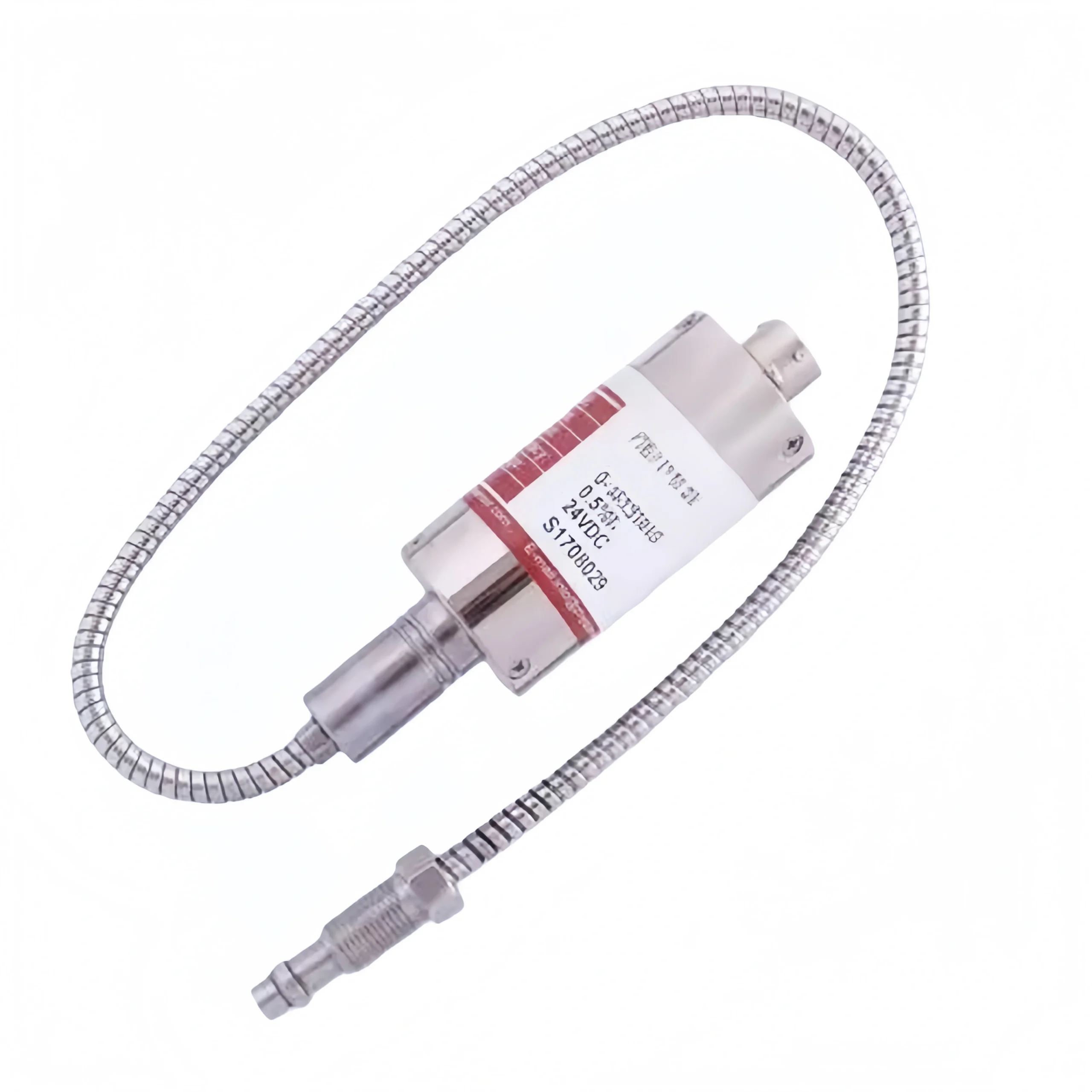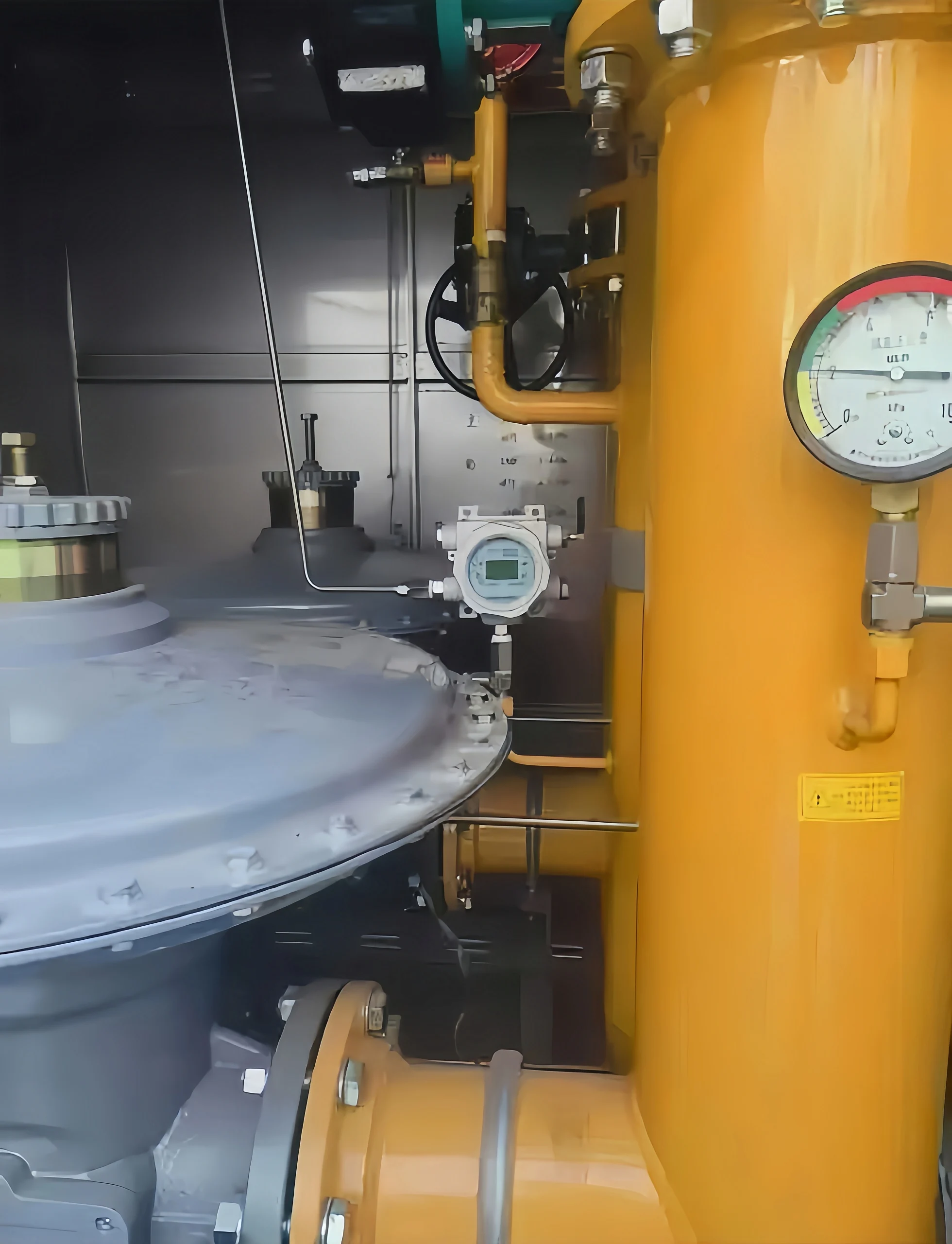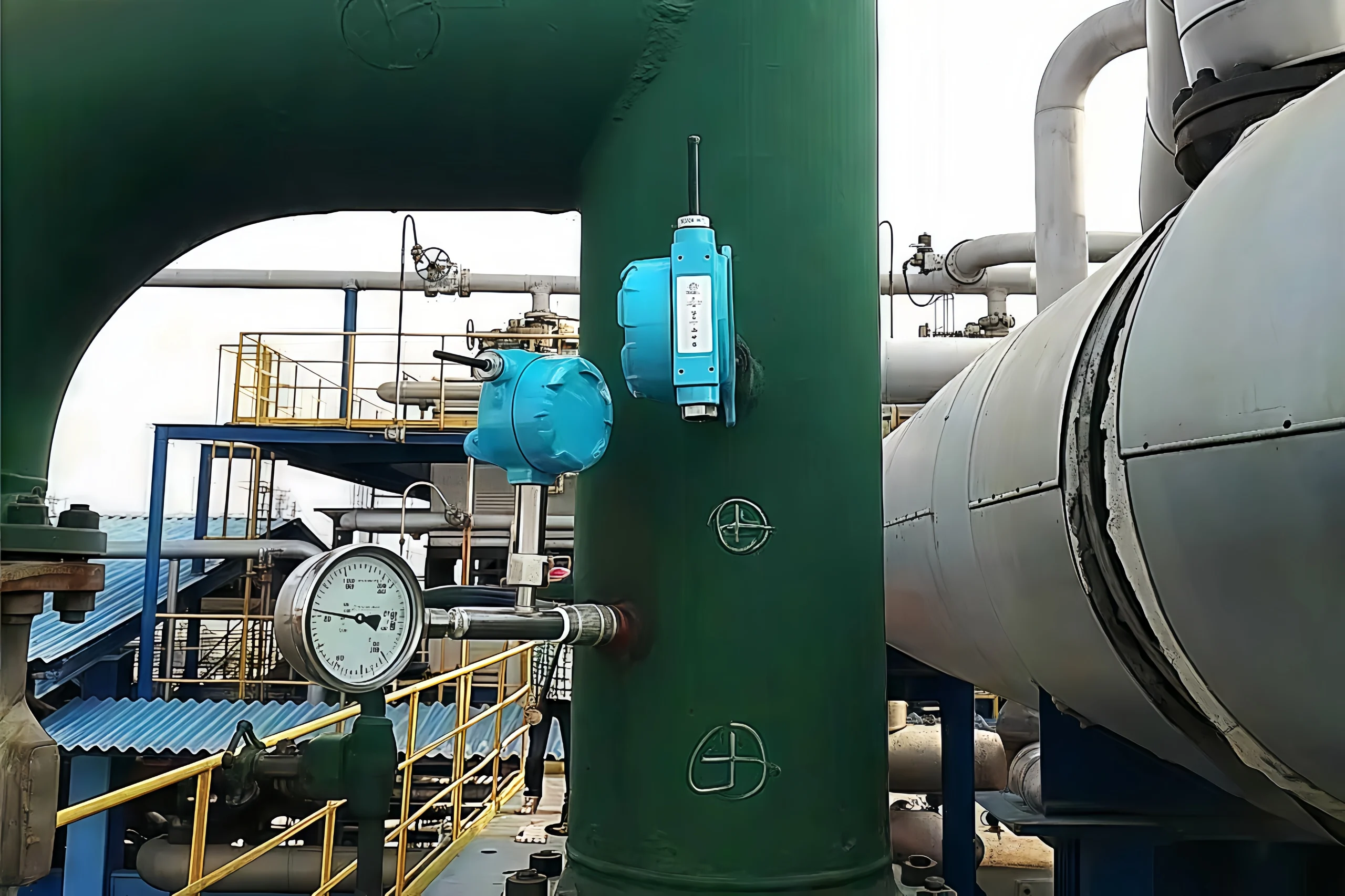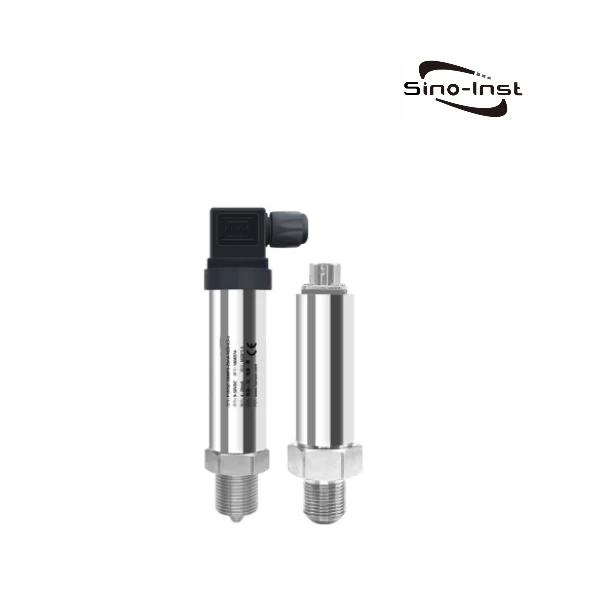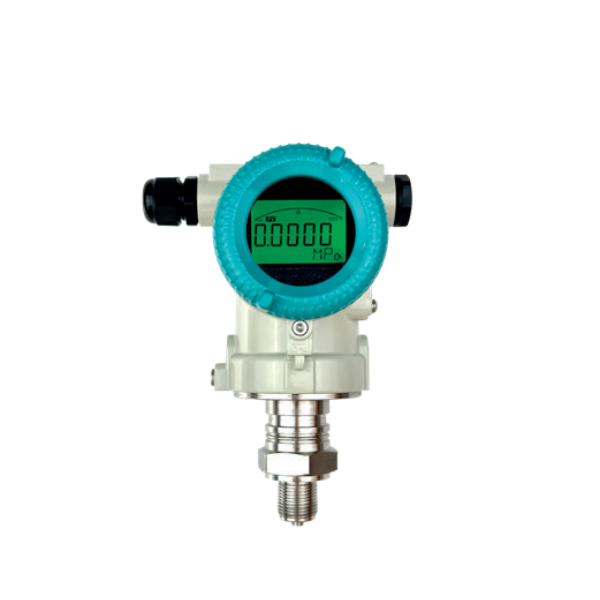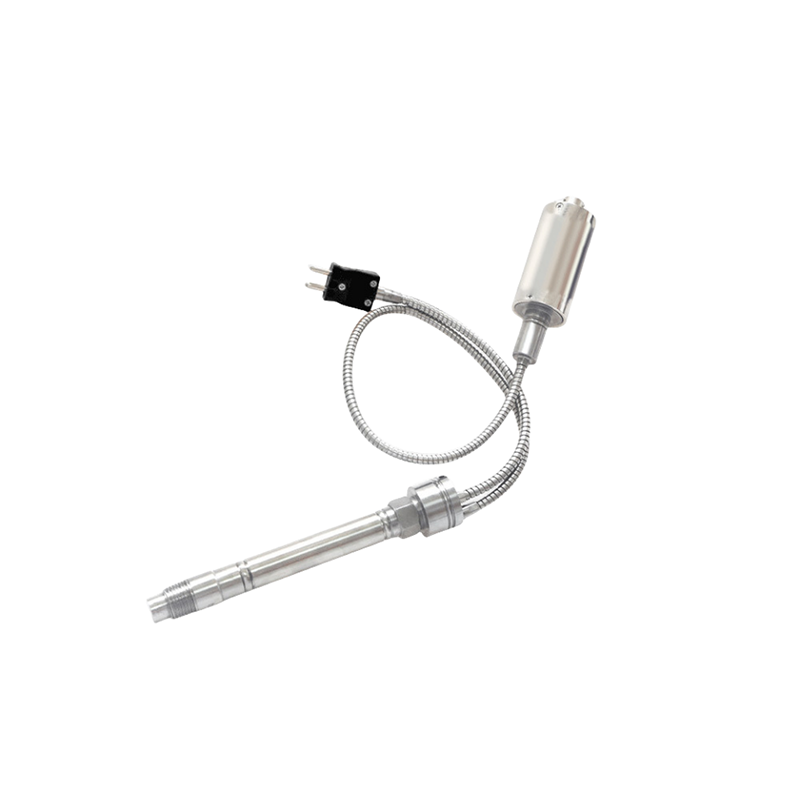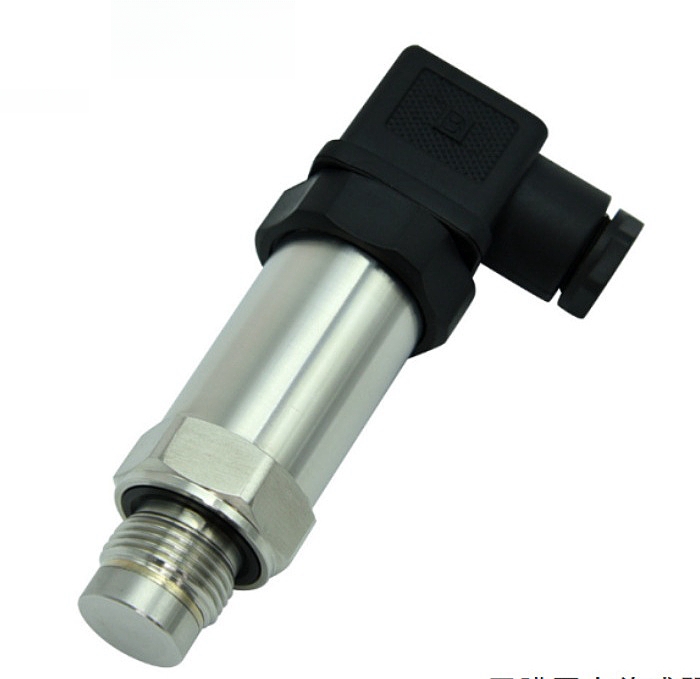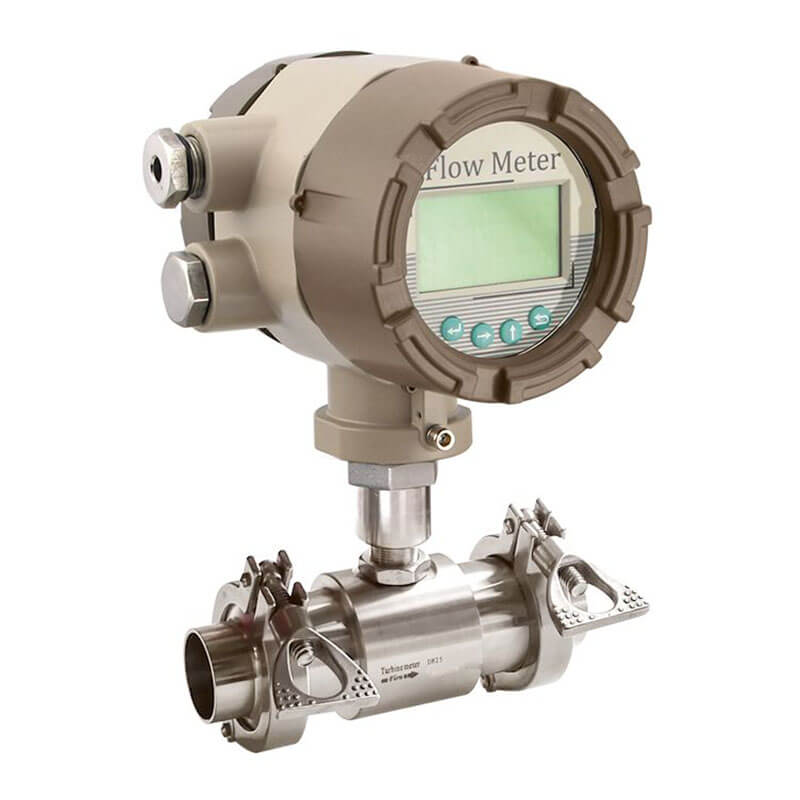Melt pressure transducer Installation Precautions:
The diaphragm of the pressure sensor is the most easily damaged part. Do not remove its protective cap before installation. During installation, take care to protect the diaphragm of the pressure transducer.
The mounting hole should be machined according to the technical requirements. The aim is to avoid diaphragm scratches caused by non-standard mounting holes. These may affect the normal operation of the pressure transducer. Before starting the equipment, ensure sufficient heating and melting time for the pressure sensor removal equipment. We should ensure all material on the pressure transmitter diaphragm is molten before the extrusion machinery begins operation.
During installation, ensure no metal or plastic foreign objects remain in the mounting holes. Remove all pressure transmitters from the machine before cleaning the extruder. Only remove the pressure transmitter when the polymer is in a molten state. Immediately after removal, wipe the pressure transmitter probe diaphragm clean with a soft cloth. Sino-Inst can provide specialized cleaning tools for the mounting holes to remove any remaining material for future installation.
Regarding startup:
The pressure transmitter probe is heat-resistant. The housing must withstand temperatures below 80°C. Therefore, during installation and use, we should ensure the installed pressure transmitter housing is kept at room temperature. Isolating the housing from high-temperature areas improves the measurement accuracy and lifespan of the pressure transducer.
Overload Effects
In actual pressure control, it’s best to operate within the rated pressure. Although pressure transmitters have a certain overload capacity, prolonged overload will affect the measurement accuracy and lifespan of the pressure transmitter.
Electrical Connections of Pressure Transmitters
During electrical connections, the signal output cable of the pressure transmitter must be connected separately through a wiring duct to avoid field interference.

What is the temperature limit for a pressure transmitter?
Sino-Inst pressure transmitters have a maximum operating temperature of 1200℃.
What is temperature compensation on a pressure transmitter?
In an extreme temperature environment, a pressure transmitter may experience temperature drift. Temperature drift affects accuracy. Common methods to reduce temperature drift include:
Using temperature sensing elements:
Pressure transmitters integrate temperature-sensitive elements, such as thermistors or thermocouples, into their hardware design. These elements are connected to the pressure transmitter. And they can detect changes in ambient temperature in real time. As the temperature increases, the resistance of the thermistor will systematically decrease or increase.
Establishing a compensation circuit:
The temperature-sensitive element is connected to a compensation circuit. This compensation circuit is connected to the pressure sensor’s output signal processing circuit. When the temperature changes, the change in the resistance of the temperature-sensitive element will cause a change in the electronic signal of the compensation circuit.
This changing signal is sent to the signal processing circuit for integration with the pressure sensor’s original output signal. For instance, in a simple compensation circuit, an operational amplifier adds or subtracts the temperature-sensitive element’s signal from the pressure sensor’s signal to offset the effect of temperature changes on the pressure measurement signal.
Some mechanically structured sensors can use a bimetallic strip compensation structure:
For some pressure sensors with mechanical structures, a bimetallic strip structure is used for temperature compensation. A bimetallic strip is made of two metal strips with different coefficients of thermal expansion bonded together. When the temperature changes, the bimetallic strip bends due to the different expansion rates of the two metals. This bending can be adjusted mechanically to regulate the tension of certain components of the pressure sensor. Finally, it can compensate for temperature-induced zero-point drift and sensitivity changes.
PT Compensation of Flow Measurement
What is the melt pressure in an extruder?
The melt pressure in an extruder varies depending on the type of equipment, process conditions, and raw material characteristics. Generally, the basic melt pressure is typically in the range of 10–12 MPa. Specially designed equipment can operate at pressures up to 14–17 MPa.

Why do pressure transmitters fail?
The following are some common pressure transmitter failure types and causes:
Line fault.
When a line fault occurs, the computer displays abnormal values. In this case, open the transmitter junction box and check for loose connections, short circuits, or open circuits. Then, use methods such as measuring power supply, insulation, and resistance to troubleshoot the problem.
Frequency interference.
During wiring, various signal lines can interfere with each other. Especially when power lines and signal lines are connected in the same conduit. This can cause the transmitter to fail to communicate or even make communication errors. This type of error can be avoided by increasing the distance between the instrument cable and the power cable tray.
Pressure tap failure.
Pressure tap failures typically fall into three categories: blockage, air leakage, and liquid accumulation. Blockage is generally caused by untimely drainage or a dirty or viscous medium. Air leakage in the pressure tapping line is often caused by the presence of numerous accessories. such as the transmitter’s power connections and shut-off valves, increasing the potential leakage points.
Liquid accumulation in the pressure tapping line is usually due to improper gas pressure tapping methods or incorrect installation of the pressure tapping line. Liquid accumulation will affect measurement accuracy.
Electrical signal transmission failure.
Improper use or maintenance of the pressure transmitter can easily lead to electrical signal transmission failure. For example, placing the transmitter near the measured equipment to save time results in excessive signal transmission distance, causing interference or signal attenuation. In such cases, the cross-sectional area of the cable should be increased as needed.


